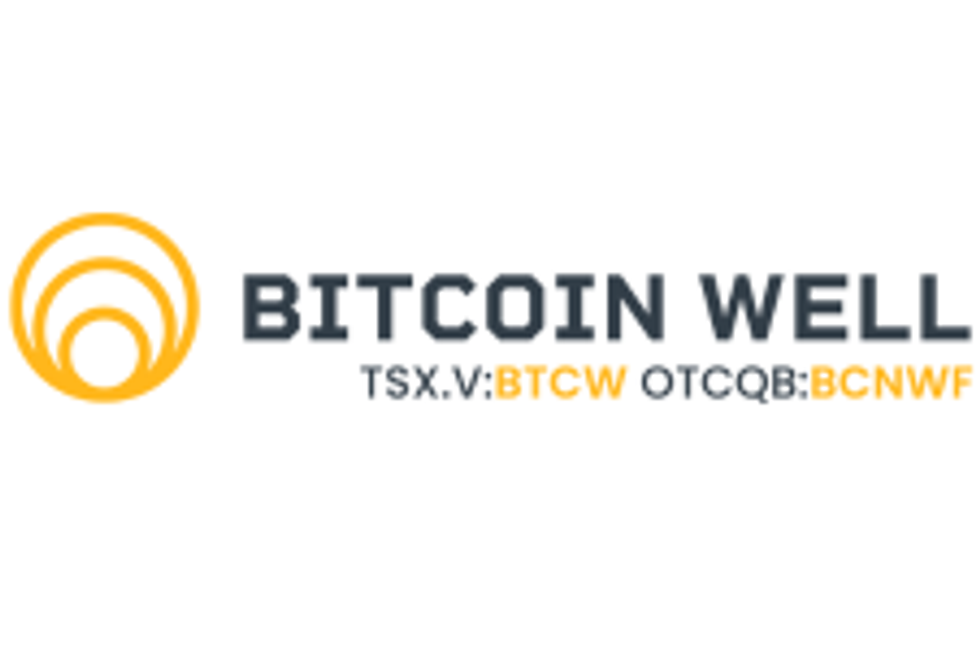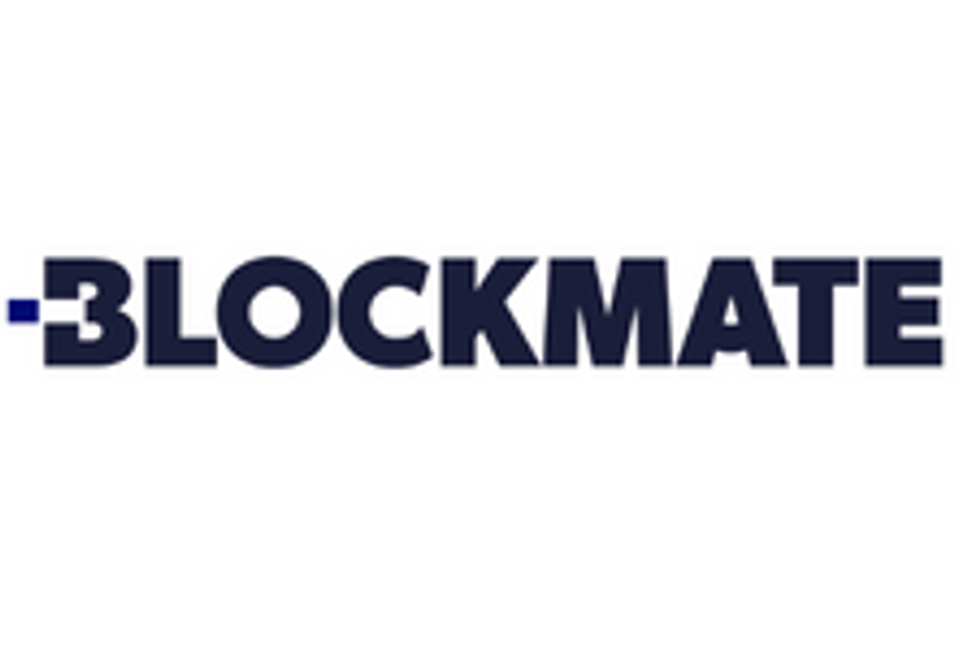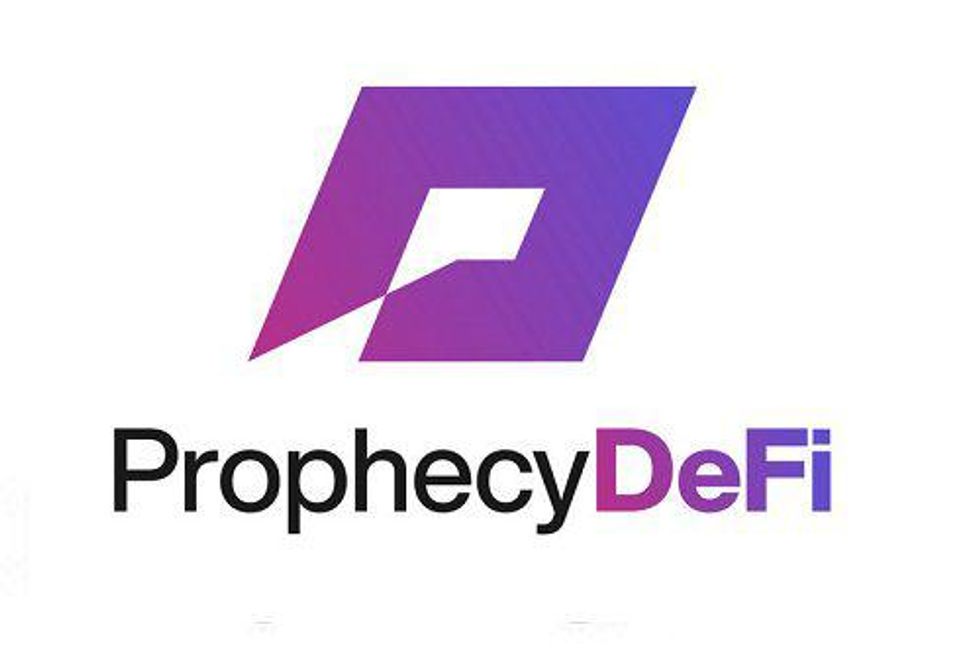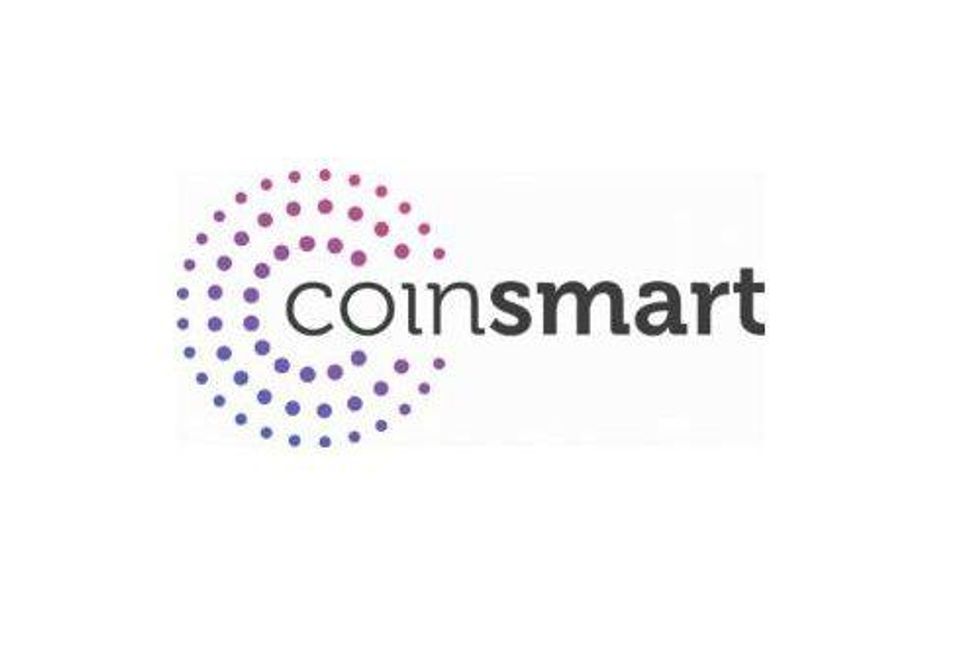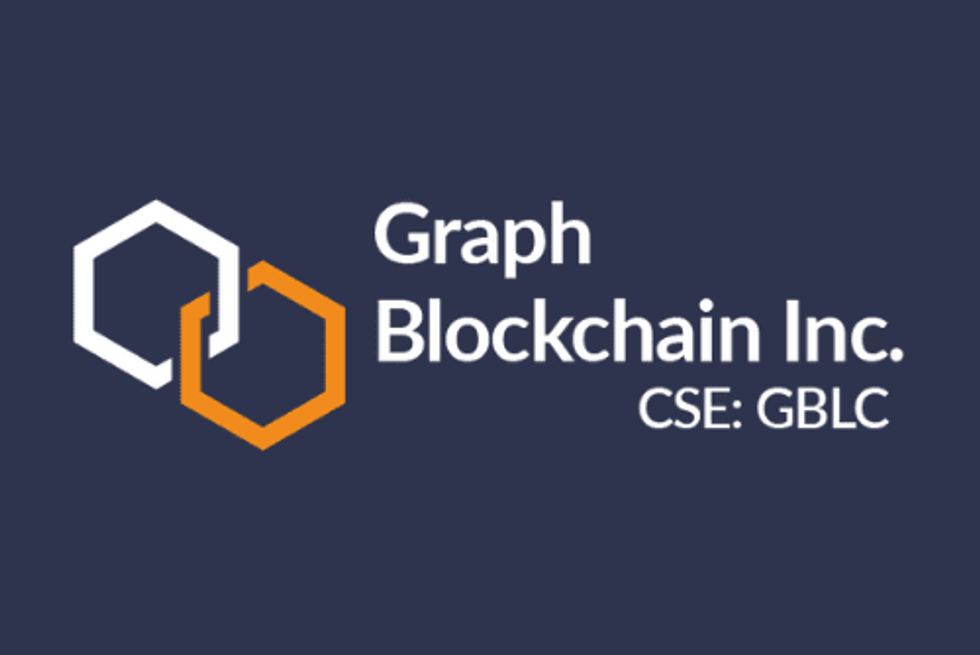What are Prediction Markets? The Future of Real-time Trading and Forecasting
Polymarket's decentralized forecasting is gaining traction with ICE's US$2 billion investment, marking a pivotal moment for DeFi and prediction markets.
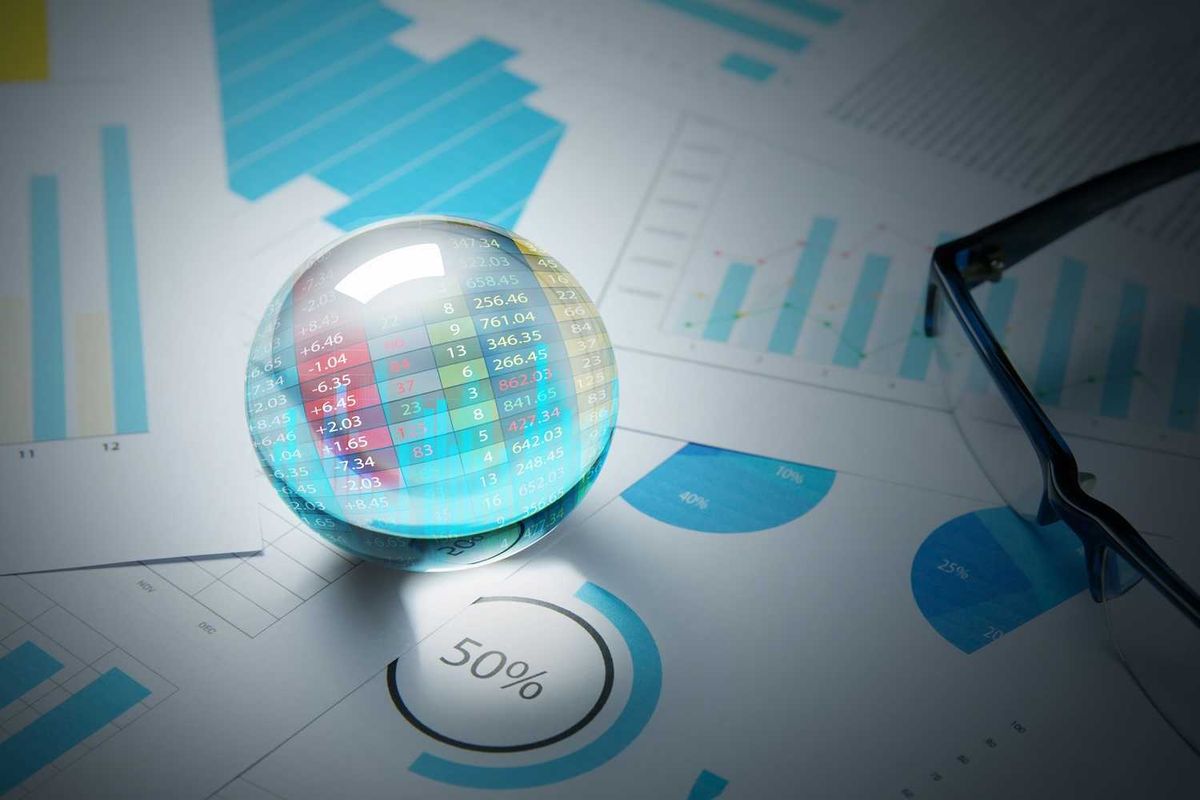
Polymarket’s decentralized forecasting has caught Wall Street’s eye.
The New York Stock Exchange’s parent, Intercontinental Exchange (NYSE:ICE), made a headline-grabbing US$2 billion investment last week, signaling that decentralized forecasting is stepping onto the global financial stage.
In an X post, Polymarket CEO Shayne Coplan called the partnership “a monumental step forward for DeFi.”
Jeffrey C. Sprecher, chair and CEO of ICE, was similarly positive on the arrangement.
“There are opportunities across markets which ICE together with Polymarket can uniquely serve and we are excited about where this investment can take us,” he said in an October 7 press release.
Under the terms of the deal, ICE will become a global distributor of Polymarket’s event-driven data, providing market sentiment indicators to institutional clients worldwide. ICE and Polymarket also have plans to collaborate on future tokenization initiatives for financial products integrated with prediction market data and DeFi technologies.
This landmark deal could set the stage for wider institutional adoption and innovative financial products driven by real-time event data. Here the Investing News Network breaks down how prediction markets work, their growing role in finance and why Wall Street’s interest could mark a turning point for decentralized forecasting.
What are prediction markets?
Polymarket, along with its largest direct competitor, Kalshi, is a prediction market platform where the outcome of events can be traded. Prediction markets are designed to harness the “wisdom of the crowd” to forecast future events, ranging from political elections and economic indicators to product sales and scientific discoveries.
Prediction market participants buy and sell tokens, or shares, in the outcome of an event, with the price of each share reflecting the perceived probability of that outcome occurring.
Prediction markets trace their roots back to informal betting markets and speculation venues, where collective judgment was harnessed to forecast uncertain outcomes. One of the earliest formalized examples dates to 17th century Dutch tulip bulb futures markets, often cited as proto-prediction markets for economic speculation.
The modern concept gained traction in the late 20th century, with academic research demonstrating the power of markets to aggregate dispersed information. The Iowa Electronic Market, launched in the late 1980s by the University of Iowa, became a pioneering real-money political prediction market, accurately forecasting US presidential elections.
In recent years, technological advances and blockchain innovations have transformed prediction markets into decentralized platforms like Polymarket, enabling transparent, censorship-resistant trading using digital tokens. These platforms broadened access beyond institutional players, allowing global participants to trade event outcomes ranging from politics and economics to entertainment and science.
Pros and cons of prediction markets
Prediction markets effectively aggregate dispersed information, with participants financially motivated to make accurate predictions due to the potential for profit or loss. These markets offer continuously updated, real-time probabilities, and their accuracy and efficiency are often tied to their liquidity, which refers to the ease of buying and selling shares.
Prediction markets offer several benefits, including improved forecast accuracy compared to traditional methods, especially as an event approaches. They can also serve as an early warning system for future events or shifts in public sentiment, with market prices providing a transparent view of collective expectations. Businesses and policymakers can leverage this data to support strategic decisions and resource allocation.
Despite their popularity, prediction markets face challenges, including regulatory hurdles, concerns about manipulation and the potential for low liquidity in niche markets. The legality of certain types of prediction markets can vary by jurisdiction, particularly when they resemble gambling.
What is Polymarket?
Polymarket is a decentralized prediction market platform built on blockchain technology, specifically operating on the Polygon network, which is a Layer-2 scaling solution for Ethereum.
It allows users to bet on the outcomes of real-world events using cryptocurrencies (mainly the USDC stablecoin), running transactions through smart contracts on the blockchain.
The lead-up to the 2024 US presidential election cycle boosted Polymarket’s popularity. Trading volumes rose as Polymarket attracted crypto users betting on a range of political events. The increasingly unpredictable political landscape, including high-profile events like the assassination attempt on then-candidate Donald Trump, and speculative bets on President Joe Biden stepping out of the race, fueled explosive interest in the platform. The US presidential debate in June 2024 was an especially notable moment, which caused daily trading volumes to spike.
The platform processed billions in bets during the election cycle, with the presidential winner market alone handling hundreds of millions of dollars in trading volume by early September 2024.
Pop culture events, like Taylor Swift's engagement to Travis Kelce, also generated substantial betting activity, helping to drive viral retail participation and media attention.
Prediction market platforms at a glance
Polymarket is non-custodial, which means it does not hold user funds, and its operations are transparent and automated via blockchain, making it censorship-resistant and trustless.
At the time of this writing, its total value locked was nearly US$172 million, according to DeFiLlama.
Enforcement action by the Commodity Futures Trading Commission (CFTC) in 2022 forced Polymarket to block American users and pay a US$1.4 million civil penalty for operating an unregistered exchange.
The company gained US regulatory approval to relaunch by acquiring QCX for US$112 million in Q3 of this year, securing a designated contract market license for self-certification of event contracts under CFTC rules.
Elon Musk and Donald Trump Jr. have publicly endorsed Polymarket, with X officially naming it as its official prediction market partner in June 2025, and Trump Jr. joining its advisory board following a strategic investment. Collectively, those actions boosted the platform's credibility and political influence.
Polymarket also recently partnered with MetaMask, which plans to integrate Polymarket's prediction markets natively later in 2025, coinciding with MetaMask’s own token launch and perpetual futures trading rollout.
The company self-certified four contract types covering athletic events, scores, spreads and election winners, with plans to begin listing new contracts to US users from October 2025.
Unlike Polymarket, Kalshi is not primarily built on blockchain technology; instead, it operates as a regulated, centralized exchange for trading event contracts. Even so, Kalshi is increasingly embracing blockchain integration and crypto features, including partnerships with blockchain networks like Solana and Base to expand blockchain-based prediction market functionality. Since December 2024, Kalshi has surpassed Polymarket in prediction market trading volume and market share. As of September 2025, Kalshi held 66 percent of the global market.
Kalshi’s surge is powered by its regulated, US-based real-money exchange with event contracts, while Polymarket is mostly decentralized and international, supporting bets on a broader array of topics.
Both platforms have seen explosive growth in user activity. Other notable prediction market platforms include Augur, DexWin, Better Fan and Oriole Insights.
Investor takeaway
The landmark Polymarket-ICE deal validates the growing importance of real-time event-driven data in financial markets. Overall, this investment potentially ushers in a new era where prediction markets become essential tools for market forecasting and strategy, bridging the gap between traditional and DeFi.
Don’t forget to follow us @INN_Technology for real-time news updates!
Securities Disclosure: I, Meagen Seatter, hold no direct investment interest in any company mentioned in this article.

